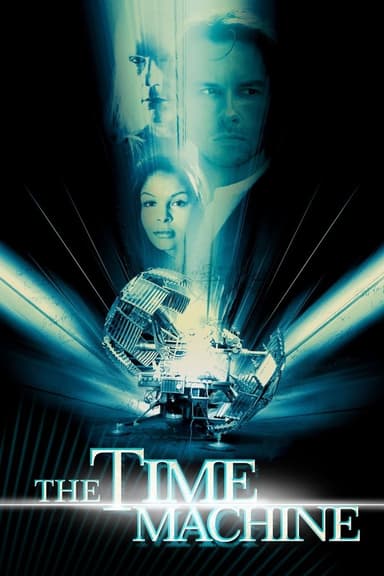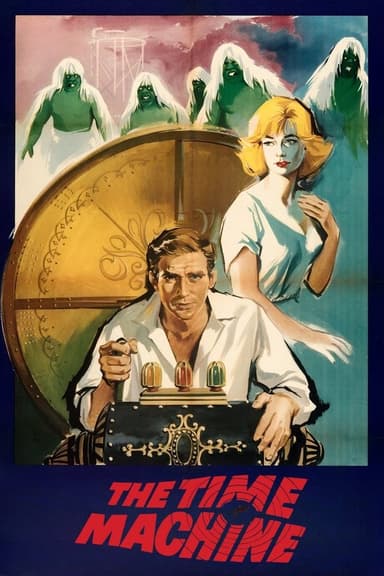
War of the Worlds
2025 • Science Fiction, Thriller • PG-13
Will Radford is a top analyst for Homeland Security who tracks potential threats through a mass surveillance program, until one day an attack by an unknown entity leads him to question whether the government is hiding something from him... and from the rest of the world.
Runtime: 1h 31m
Why you should read the novel
Before watching War of the Worlds (2025), experience H. G. Wells’ original The War of the Worlds. This classic science fiction novel delivers unrivaled imagination, haunting atmosphere, and visionary world‑building that helped define modern sci‑fi.
The book offers deeper themes than any movie adaptation: colonialism reversed, human fragility, scientific curiosity, and social panic. Reading The War of the Worlds reveals layers of meaning and subtext that screen time can’t fully capture.
Discover accessible editions, annotated versions, and acclaimed audiobooks of The War of the Worlds for ebook, paperback, and audio. Read the book before the movie to enrich every scene, character beat, and terrifying set piece.
Adaptation differences
War of the Worlds (2025) book vs movie: While specific plot choices may vary by production, the biggest differences from H. G. Wells’ novel start with setting and tone. Wells situates the invasion in late‑Victorian England with measured, journalistic dread. A contemporary adaptation almost always modernizes the timeline, locations, communications, and news media, shifting the tone toward faster pacing and current geopolitics.
Protagonists and relationships also change. The novel’s narrator is an unnamed writer separated from his wife, intersecting with figures like the Curate and the Artilleryman. Screen versions typically create named protagonists, family‑centered arcs, and military or government viewpoints to heighten emotional stakes, provide clearer motivations, and deliver a more conventional hero’s journey.
Martian technology and imagery get updated for cinematic impact. Wells’ towering tripods, heat‑ray, and suffocating black smoke are described in stark, scientific prose. Films often redesign the tripods, reimagine weapon effects, modify or replace the black smoke, and add drones, bio‑weapons, or large‑scale set pieces to satisfy modern visual expectations.
Ending and themes frequently diverge. In the book, microbes defeat the Martians—an ironic, anti‑triumphal conclusion underscoring human insignificance and nature’s supremacy. Movie adaptations commonly amplify human agency, introduce strategic victories or hopeful epilogues, and compress the novel’s slow‑burn dread into spectacle‑driven action suited to a theatrical runtime.
War of the Worlds inspired from
The War of the Worlds
by H. G. Wells















